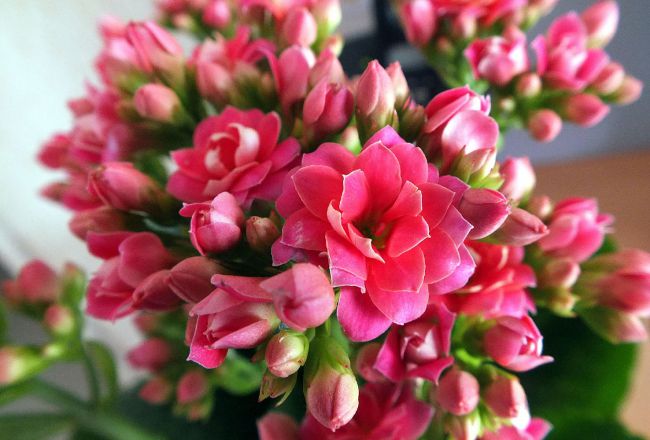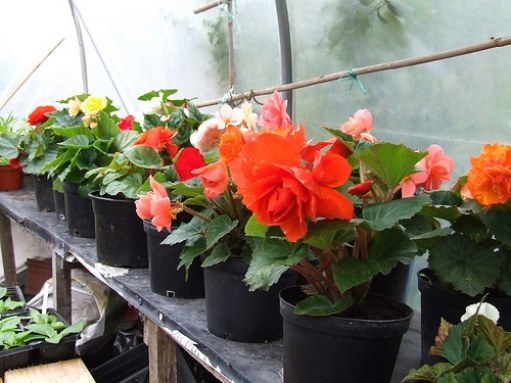Cultivation of gloxins

Not everyone knows how correctly this indoor plant is called, and therefore in the people it is called "bell" or "gramophone" for the peculiar shape of the flower. Cultivation of gloxins - an interesting and rewarding occupation. After all, for proper care, these plants will certainly thank their master with bright and unusually beautiful flowers.
Gloxinium - unpretentious perennial tuberous plant. In total, there are several species in naturegloxinium. Usual gloxinia, the one that is grown in room conditions, is a hybrid obtained as a result of crossing gloxinia royal and gloxinia beautiful. The native land of the plant is tropical America.
Gloxinia is a low plant with dark green, sometimes with silver veins, velvety leaves. The flowers of gloxinia are large, on long peduncles, have the shape of a bell, depending on the variety can have a variety of colors.
Gloxinia is a relatively unpretentious plant, so growing gloxins does not require special conditions of detention. Very fond of warmth and sunlight, soneeds constant bright lighting and warmth, or even hot, climate. In the first year of gloxinia it is desirable to provide artificial illumination so that the duration of daylight hours reaches 12-14 hours per day. He does not tolerate drafts.
Cultivation of gloxins assumes a high humidity and moderate watering. Water should be soft, at room temperature. When watering, make sure that the water does not get on the leaves and flowers of the plant, otherwise the leaf may begin to rot.
Growing gloxinium in low broad pots. For these plants, the soil is composed of leaf, light soddy land, peat and river sand, or a mixture of leaf and humus with sand.
Propagating gloxinia is very simple. Seeds, leaf cuttings, tubers or peduncles - almost everything gives a good result. In order to root the leaf, it can be preliminarily put in water or planted immediately in the soil. It is recommended to cut large leaves in half and root the halves. To do this, put the cut sheet on the prepared soil and press it for better contact.
For reproduction by peduncles the faded colossus is cut off and placed in a cleanwater so that he plunged into two centimeters, then put on a well-lit window sill. When roots, nodules and leaves appear, the plant is planted in a pot.
When multiplying gloxinium tubers large tubers are cut into pieces, sprinkled cuts with crushed charcoal and put each part in a separate pot at a depth of 1-1.5 cm.
Reproduction by seeds mainly in November - February. Seeds are sown in wide bowls and covered with glass. In two weeks, shoots should appear. Growing gloksiniy from seeds requires additional illumination in the autumn and in the winter. Until the plants become sufficiently strong and independent.
Transplant gloxinium every year early spring, when the tubers begin to germinate.
Growing gloxins suggests periodic top dressing. Special fertilizers for flowering indoor plants are suitable for this.
Blossoming gloxinia mainly in May - June. In winter, this plant comes period of rest.
The enemies of gloxinia are spider mite and whitefly, Therefore, the growth of gloxins involvesperiodic struggle against these pests. There are also other difficulties that the owner of this plant may encounter. If gloxinia is not blossom buds, the cause may be dry air or drafts. Shriveled, with brown tips, the leaves are also likely to be the result of dry air. Pale-colored, elongated leaves with brown edges are probably indicative of a lack of light. If the plant begins to wither and its tubers become soft and rot, perhaps the water that was used for irrigation was too cold for the plant, or the watering was excessive.
Growing gloxins is a rather interesting process. Those who once tried, rarely when they can stay on one copy. Flowering gloxinia - the spectacle is really fantastic.














